Do you know that there are many high-potential cryptocurrencies other than Bitcoin? Here's a list of 5 cheap cryptocurrencies to consider for future investments.

Cryptocurrencies are being discussed everywhere these days. What used to be the "fringe" of investment now has come to the center of the spotlight. However, many of them still haven't realized that there are plenty of cryptocurrencies other than Bitcoin (altcoins) out there.
In fact, it's great to invest in more than one crypto coin because it will make the portfolio diverse and, thus, reducing the risk.
When choosing altcoins, one must understand that each coin is unique and has its own reason to invest in them. But it's important to remember that the crypto market is highly volatile, so you should be a smart trader when choosing where you would invest your money.
Typically, traders would want to start small, so they look for a cheap investment. However, the term "cheap" is actually very subjective so we're not going to refer to a specific range of prices.
Instead, we will mention a few cryptos that are relatively cheaper yet bring so much potential for future investments:
- Ethereum: A decentralized, open-source blockchain platform that enables the creation and execution of smart contracts
- Chainlink: A decentralized oracle network and cryptocurrency that aims to connect smart contracts on blockchain platforms with real-world data, external APIs, and various off-chain resources.
- EOS: A blockchain platform designed for the development of decentralized applications (DApps).
- Fusion: Focuses on enabling cross-chain asset transfers, allowing tokens and other digital assets to move seamlessly between different blockchain platforms
- SafeMoon: A token with a strong community following, it operates on the Binance Smart Chain (BSC).
Further information about each cryptocurrency can be found below.
1. Ethereum (ETH)
The first one on the list is Ethereum, the second-largest crypto coin by market cap after Bitcoin. Ethereum has grown into one of the most established cryptos out there, so it's a great place to start if you want to trade with altcoins. It's undeniable, however, that because of its popularity, Ethereum's price has also risen up, making it not as cheap as other alternatives. But apart from that, we shouldn't ignore the growth potential that this coin has.
Over the years, Ethereum has developed its own blockchain technology for coin offerings and daily transactions. It is one of the largest drivers behind its decentralized system. Unlike Bitcoin, Ethereum has moved beyond the financial sector and started entering various other aspects of one's daily life with its innovation.
While Bitcoin blockchain technology focuses on the smooth process of payment and transactions, Ethereum shines on smart contracts and developing distributed applications.
These smart contracts can be used on various occasions, such as medical record management, monitoring supply chain, and even changing the way we vote in the future.
Nevertheless, we should acknowledge again that Ethereum is not exactly cheap if we compare it with other altcoins. But if we take the technology development and potential into consideration, then Ethereum is definitely worth checking out. After all, as we have pointed before, the term "cheap" is relative, so price is not the only determinant that we use.
2. Chainlink (LINK)
Next on the list is Chainlink, a cryptocurrency that aims to solve one of the biggest problems in blockchain technology, which is how to communicate in and out of the blockchain.
Initially, this job is accomplished by sensors known as the oracle. However, oracle is centralized, defeating the purpose of blockchain entirely. As a result, Chainlink tries to be a better alternative by making its own Decentralized Oracle Network (DON).
The oracle then would be able to leverage the same technologies found in Ethereum's blockchain (others soon to follow) and ensure them that the data is accurate and the nodes in the operations are functioning properly.
As the name suggests, Chainlink has developed a technology that allows it to act as a connector between the decentralized network (those on a blockchain) and off-chain outside resources or real-world data. This is quite a big deal because it allows decentralized applications to access off-chain data.
In this case, any application that is connected to off-chain data requires trust from developers, and Chainlink nailed that one. So in short, Chainlink is trying to enable real-world data and off-chain computation in order to expand the functions of smart contracts while still maintaining the upsides of blockchain technology, such as its security and reliability guarantees.
3. EOS (EOS)
Many regard EOS as a competitor to Ethereum and even call it the "Ethereum killer", but both coins seem to coexist just fine in the crypto world. Similar to Ether in Ethereum, EOS is the token that powers the EOSIO blockchain.
Essentially, EOS aims to build a decentralized blockchain that can process fast and free transactions. The platform also allows smart contracts in the system, which will let developers release dApps. According to the developers, EOSIO is fast, scalable, easy to navigate, developer-friendly, and focus on security and compliance. On top of it all, the coin is affordable.
Currently, there are at least 100 decentralized apps on its network and thousands who use the service every day. Though EOS still hasn't quite match Ethereum in terms of popularity and scale, but it has a healthy niche.
One of the great elements of EOS is that it's able to process 1 million free transactions per second. The company has also built several high-profile partnerships, such as the one with Google. Therefore, there's a great chance that this crypto will reach mainstream in the following years.
4. Fusion (FSN)
Fusion has been around since 2018, right in the middle of Bitcoin's rise. Fusion claims to be the next wave of financial innovation on the blockchain by providing a way to connect both traditional and crypto systems that support digitized assets. As a result, many banks, businesses, governments, financial institutions, and even individuals can participate in the tokenized economy.
In the years following its first launch, Fusion established its smart contract feature and introduced the NFT management system. Going forward, the company has plans to develop a cross-chain ecosystem that will support transactions between blockchains.
What Fusion is trying to achieve is to be able to solve the challenge of interoperability by enabling cross-border, cross-value, and cross-asset transactions on a safe and globally accessible platform. If they can manage to do that, it surely will bring its name to a much wider audience.
5. SafeMoon (SAFEMOON)
SafeMoon is one of the latest arrivals in the crypto world, which just launched in March 2021. Looking at their website, SafeMoon is trying to tackle the mystery of valuation bubbles that almost inevitably burst, hurting the company and its future prospects.
That being said, to address this problem, SafeMoon focuses on what they call the "secret sauce" or liquidity controller where they reward holders and punishes sellers. So in other words, those who sell their assets in SafeMoon will be hit with a 10% penalty tax. However, half of that tax will be rewarded to the holders.
Such a process hopefully would make traders think twice before they decide to sell the coins, reducing the possibility of a sudden price decline due to sell-offs that may lead to market collapse.
As for now, the system is still continuing to develop and is quite confusing.
First, users must set up a crypto wallet and set the wallet to work on the Binance Chain Network. Then they need to buy BNB coins using their Binance account and store them in the wallet.
Afterward, they need to visit the pancake shop, connect it to their wallet, and then exchange it for SafeMoon. This might be tricky and unconvincing for many people.
Many experts have also pointed out that SafeMoon's system is quite risky because it relies on buyers of the coin to keep the price up. Therefore, SafeMoon is still far from a sure bet, but it certainly has good potential and qualifies as a cheap cryptocurrency.
See also: List of Best Performing Cryptocurrencies
How to Find Cheap Cryptocurrencies
One of the reasons why the crypto market is so popular is because it has huge potential and is accessible to anyone. So whether you own $5 or $5 million in your account, crypto trading is always within reach. Usually, the only barrier that you'll face is set up by the crypto exchange. If an exchange has a let's say $2 minimum limit, then it means you're allowed to buy or sell at least $2 worth of coins.
One way of cheap trading in crypto is by buying small. It's important to know that in crypto trading, you don't have to buy the whole coin. Bitcoin, for instance, is made up of 100 million "satoshis". A satoshi is the smallest fraction that makes up one Bitcoin. So as long as Bitcoin's price is trading for no more than $200 million/coin, you can buy a fraction for less than $2.
Another way is by finding undervalued cryptos. It means that the crypto trading price is cheaper than its perceived value. Now to actually find one is quite tricky, so you can refer to crypto analysts while simultaneously checking the possibility on the market.
Final Words
With cryptocurrency, you can't really expect anything to always work out every single time. The high volatility of the crypto market and various new technologies that are being developed make crypto trading risky for any trader. But as interest grows and spread across the globe, cryptos become more mainstream and accessible.
The changes that we're now experiencing are only the beginning of the journey of cryptocurrency. It's definitely possible for these cheap coins to grow and turn into profitable assets one day. So as a crypto trader, it's highly crucial to always stay updated with the latest news and find out what's the best strategic action that you should do at the moment.

 Dedicated FREE FOREX VPS
Dedicated FREE FOREX VPS Free FOREX Virtual Private Server
Free FOREX Virtual Private Server MT4 Demo Contest, Get $500
MT4 Demo Contest, Get $500 Sign Up for an Account, Claim 60% Deposit Bonus
Sign Up for an Account, Claim 60% Deposit Bonus Free MT4/MT5 VPS 2024
Free MT4/MT5 VPS 2024 Send E-mail and Get Free Merchandise
Send E-mail and Get Free Merchandise $1K Refer a Friend Bonus for Pepperstone Pro clients
$1K Refer a Friend Bonus for Pepperstone Pro clients Maximize Your Earnings with 100% Deposit bonus
Maximize Your Earnings with 100% Deposit bonus Trade to Win, $5,000 Monthly Demo Contest
Trade to Win, $5,000 Monthly Demo Contest Claim 30% + 15% Deposit Bonus from LiteFinance
Claim 30% + 15% Deposit Bonus from LiteFinance
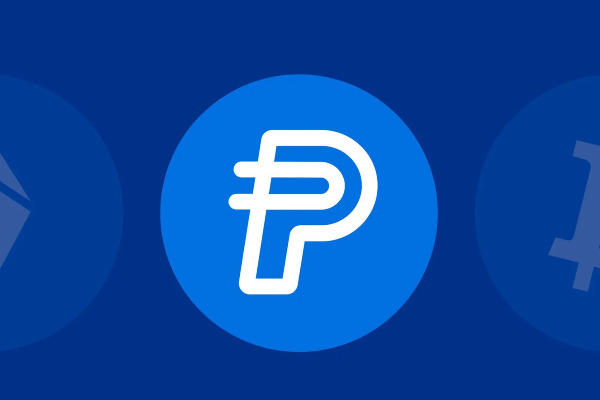
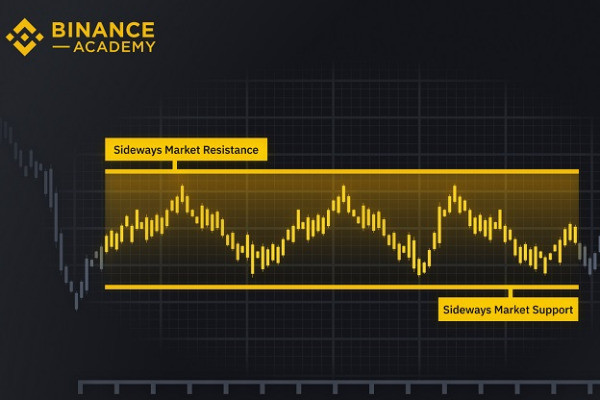
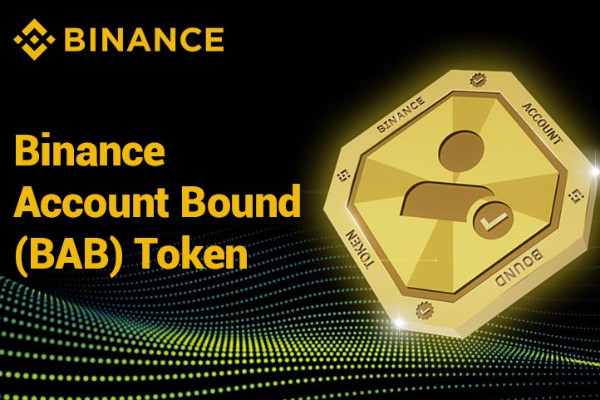
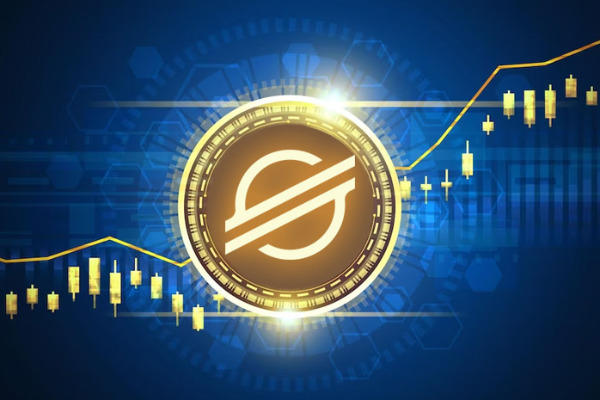
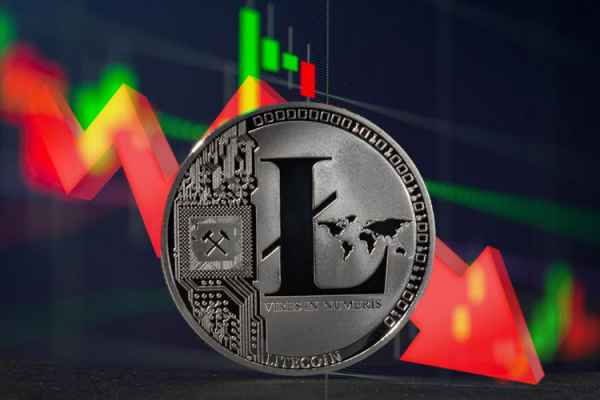

 Bitcoin
Bitcoin Ethereum
Ethereum Tether
Tether BNB
BNB Solana
Solana USDC
USDC XRP
XRP Toncoin
Toncoin Dogecoin
Dogecoin Cardano
Cardano